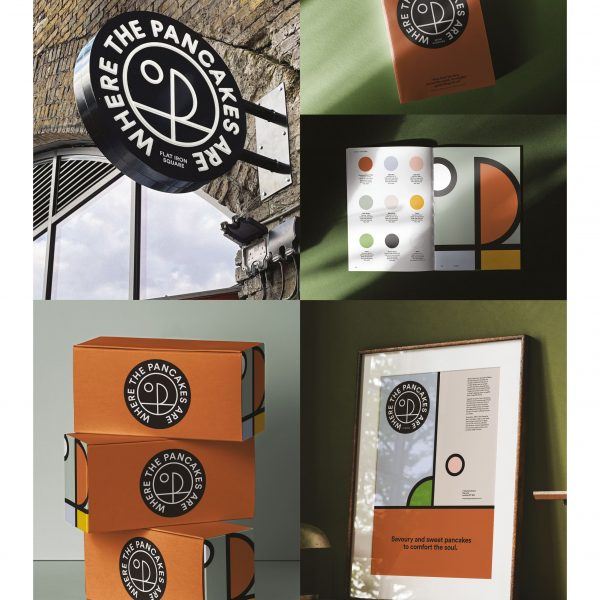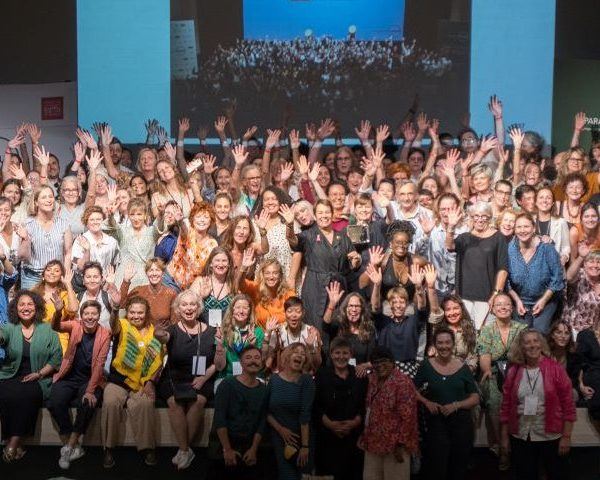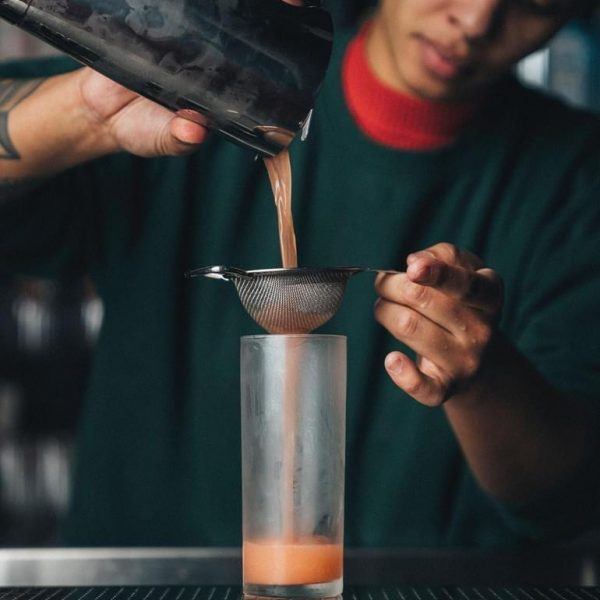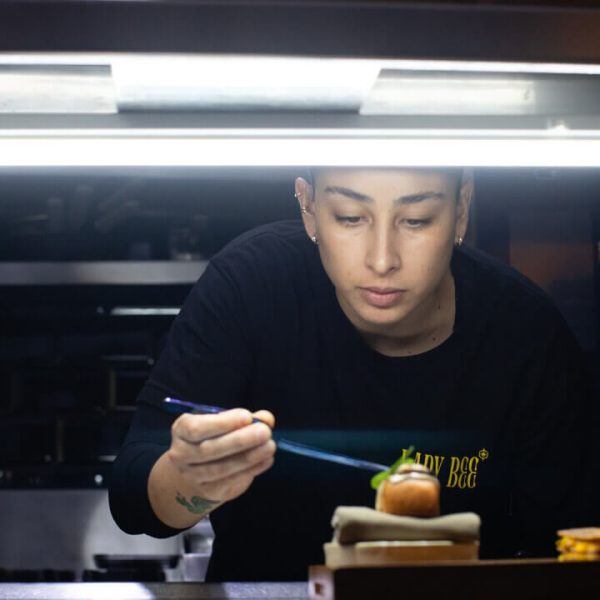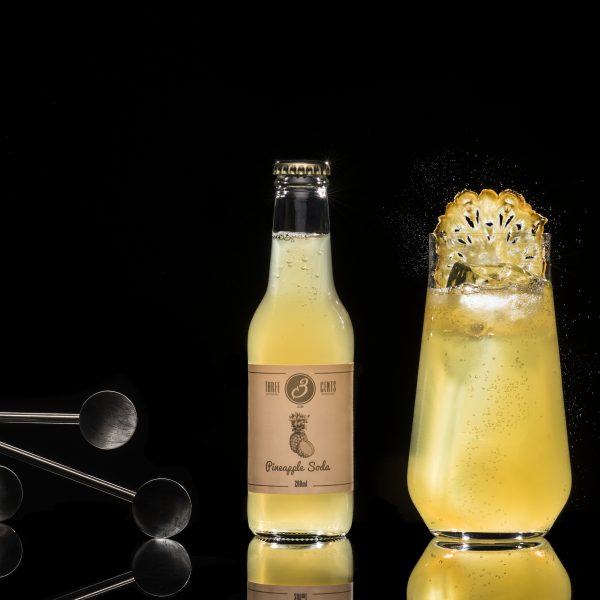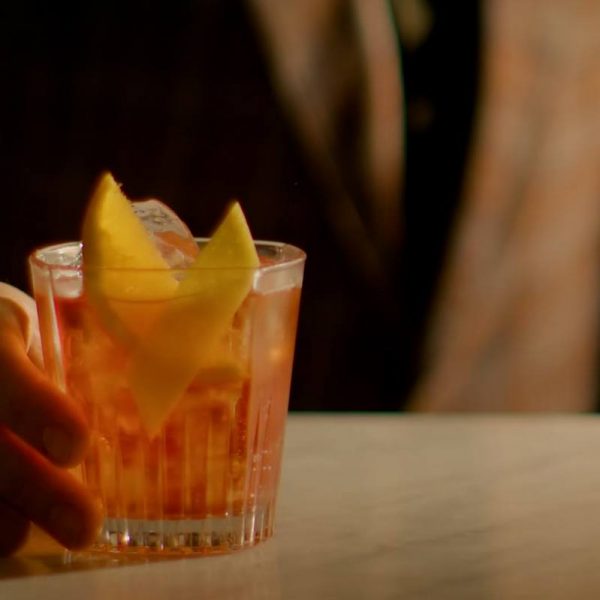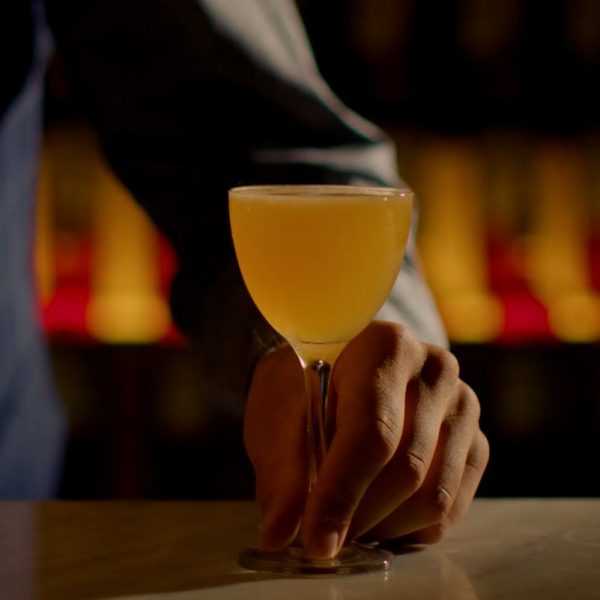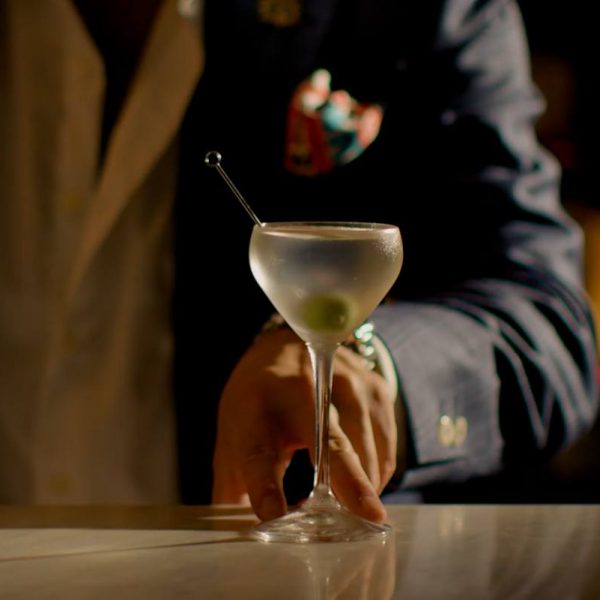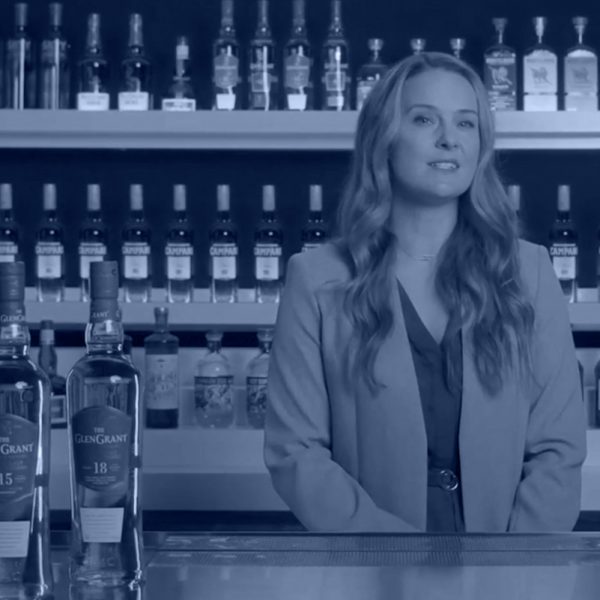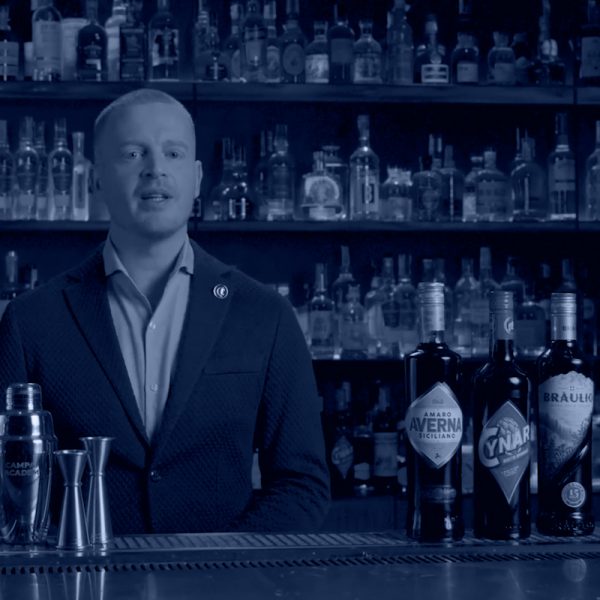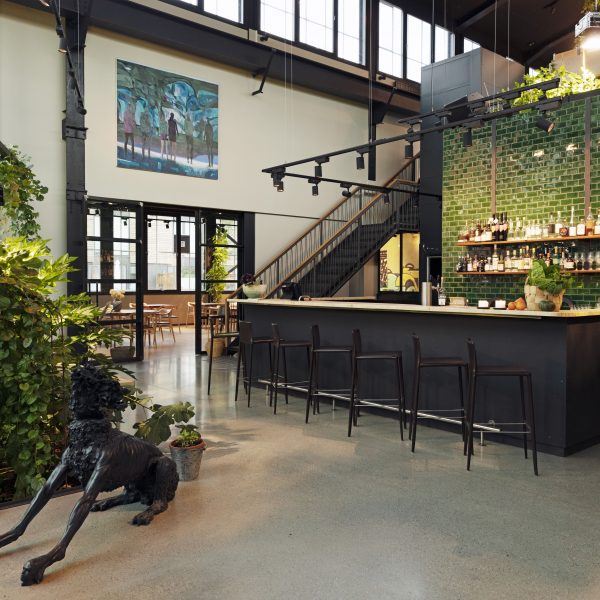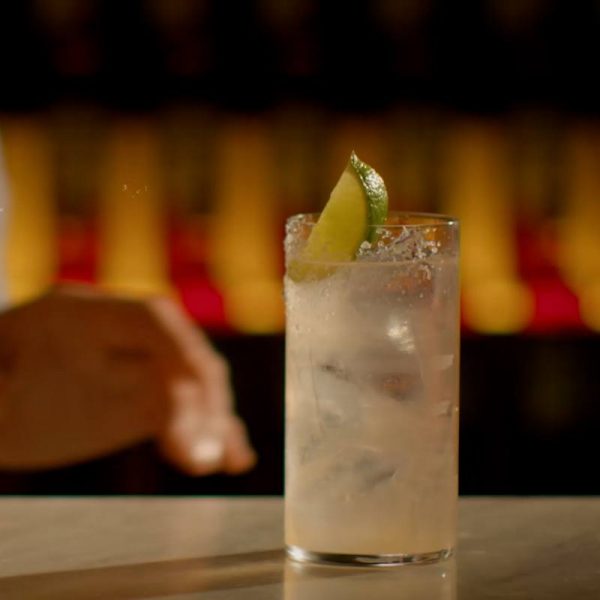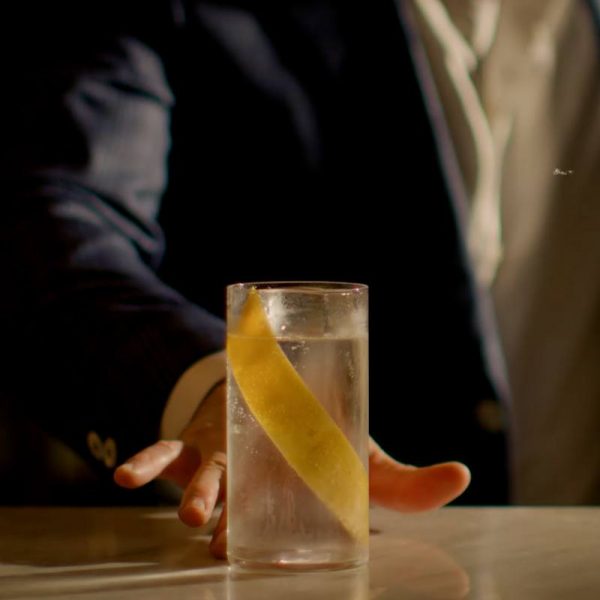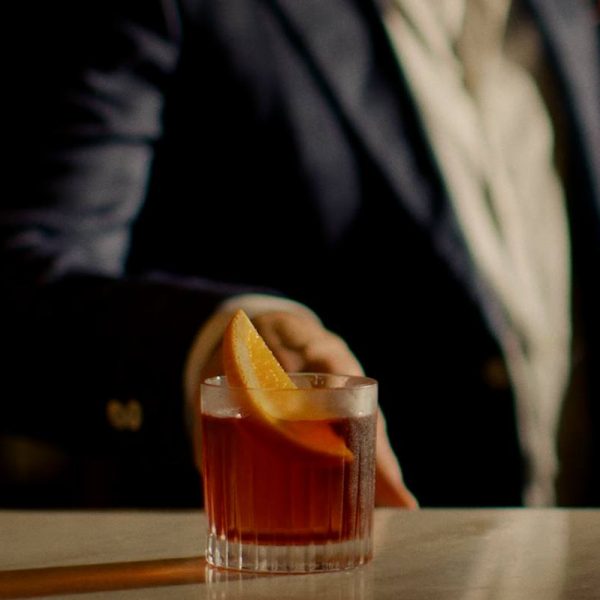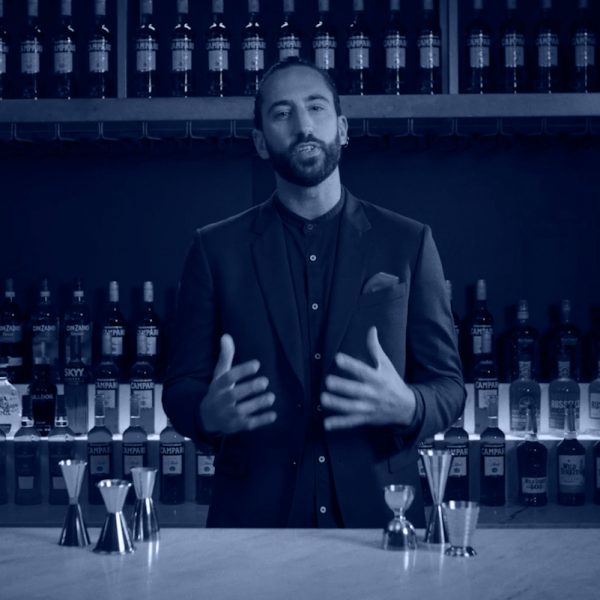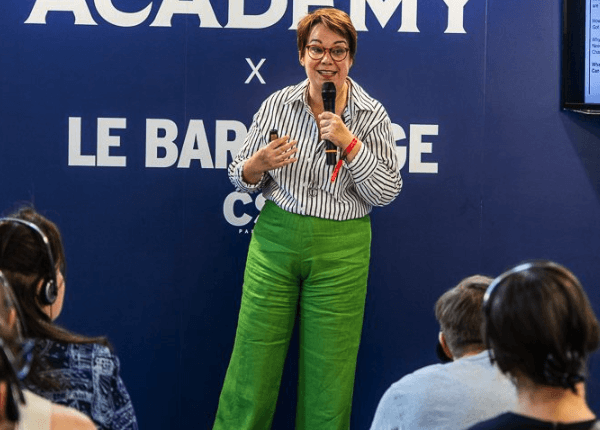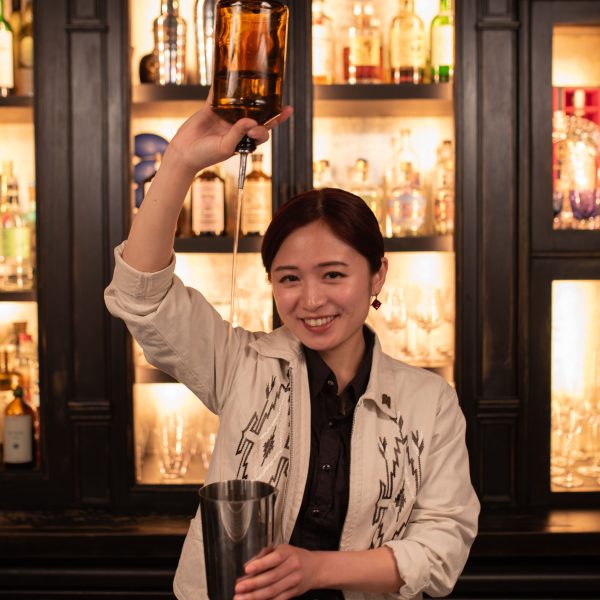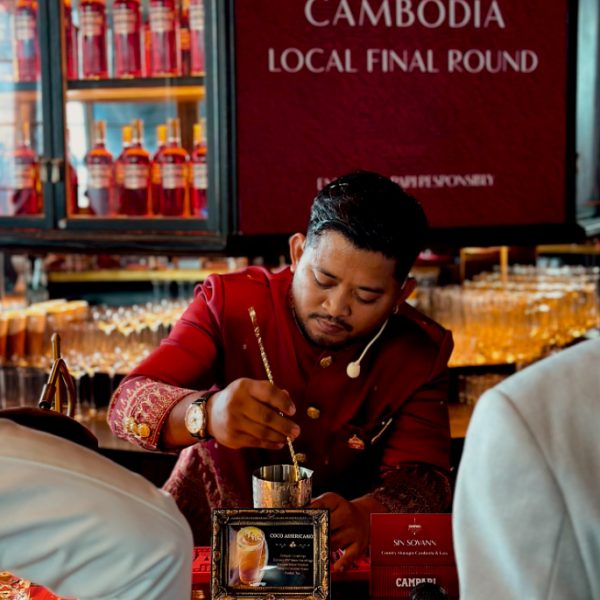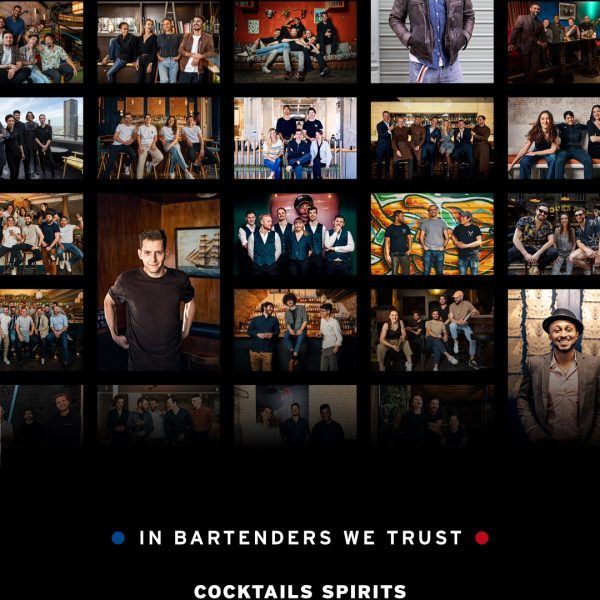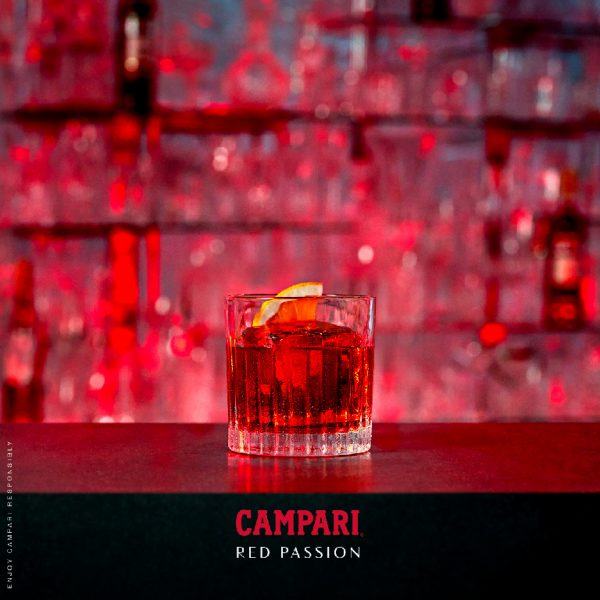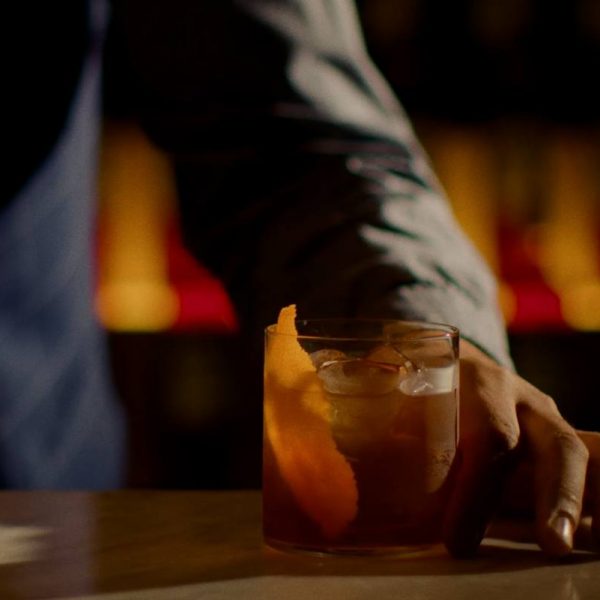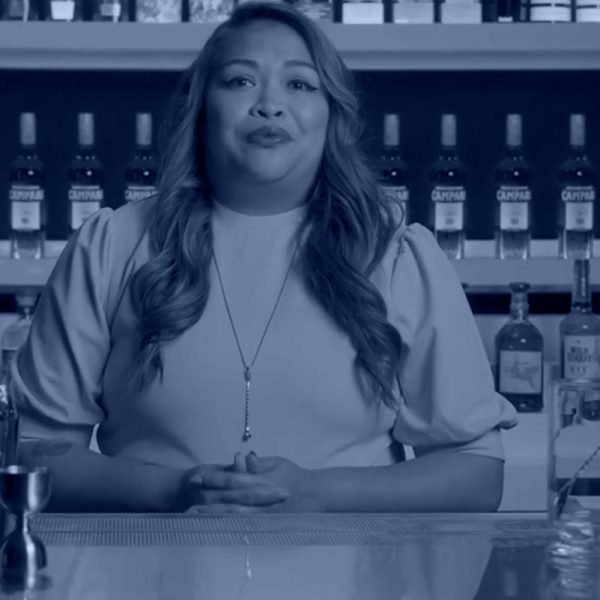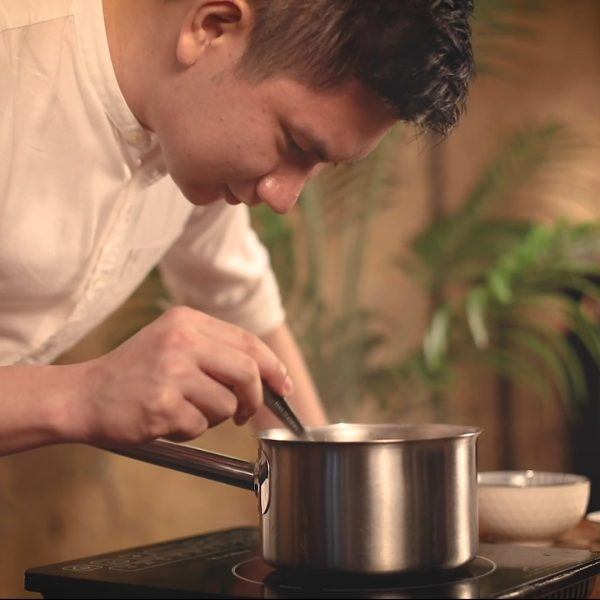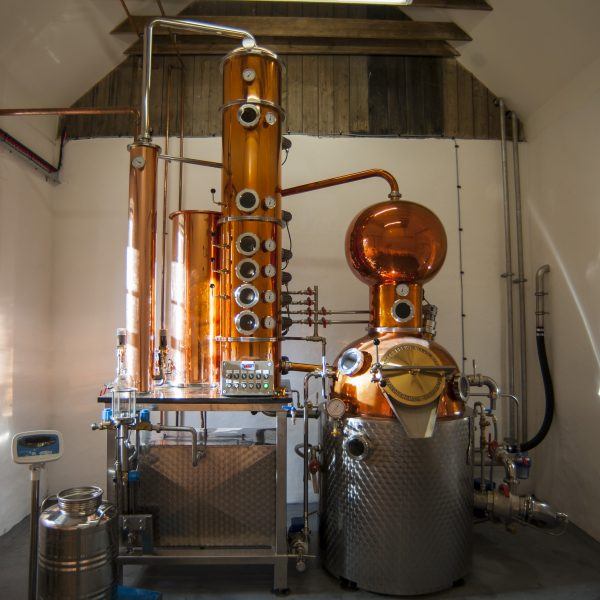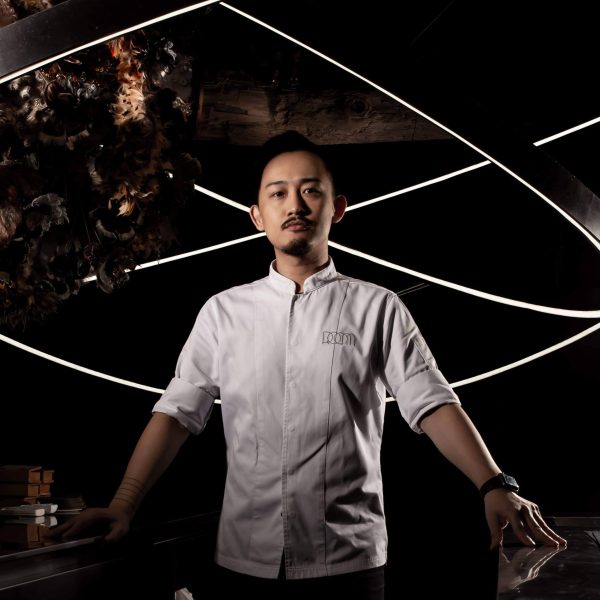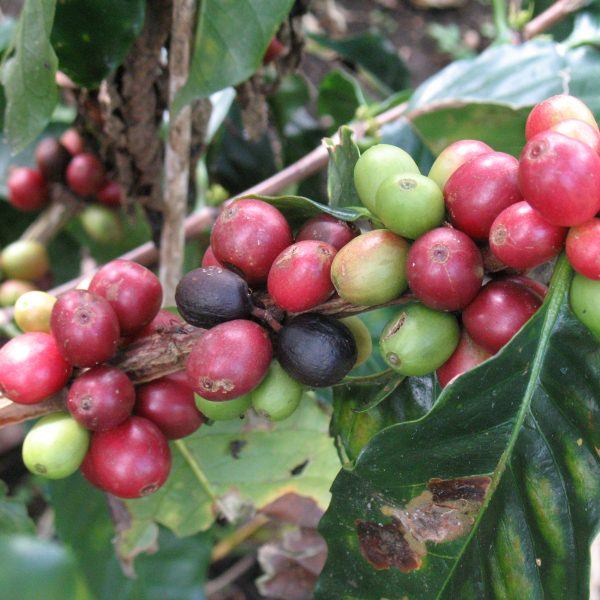How do our senses impact flavour perception?
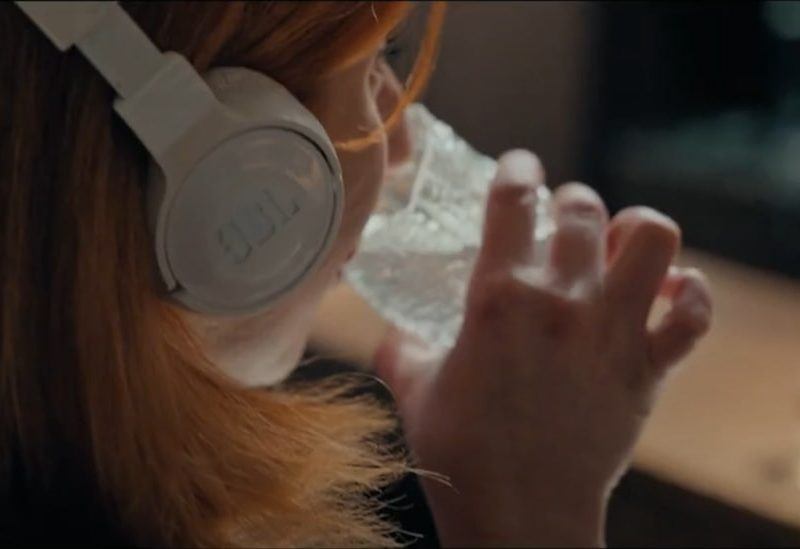
To mark the launch of our second Perspectives episode of season two, Monica Berg takes us through the five senses and how we can use them to create better guest experiences
Understanding flavour starts with understanding the senses: from what they are and how they work; to why they are so important when creating delicious drinks (or anything for that matter), and, of course, what we can do to fully take advantage of each sense to create better guest experiences.
So, what are the senses? The most obvious one we use when consuming food or drink, is our sense of taste, which is basically anything that can be detected by our tongue. We categorise it by our five basic tastes (although it is widely accepted that there are more than just five): sweet, sour, salt, bitter and umami.
For a drink to be great, there needs to be a balance between these, but surprising to many (!) is that for a drink to be delicious, it needs more than just balance – it also need flavour.
Exploring the senses
Despite common belief, around 70-80% of flavour comes from what we smell as opposed to what we taste. We separate ‘smells’ into two categories: aromas or smells picked up by the nose (orthonasal olfaction), and aromas picked up by the nose via our mouth (retronasal olfaction). It’s the last one which will influence how we experience flavour, and it is during exhalation that the olfaction contribution to flavour occurs, in contrast to that of smelling something, which occurs during the inhalation phase.
“Understanding flavour starts with understanding the senses.”
Our sense of touch can also impact the drinking experience in many ways, both directly and indirectly: directly through elements like texture, temperature, and mouthfeel; and indirectly by choice of glassware, what type of material your bar top is made of, or how comfortable your chairs are. Together with our sense of taste and smell, touch makes up our three contact senses, whilst our last two – sight and sound – both work from a distance, but are equally important.
Less obvious players
Our sense of sight could be described as ‘the dictator’. It is the sense that will influence us the most when trying to figure out what we are tasting, but also when deciding if we like it. If it doesn’t look good, we are likely to not try it at all, but research has also shown that if it does indeed look good, we are more likely to think it will also taste good – even if it doesn’t.
“When making drinks a lot can be revealed just by sound.”
Sound plays such a significant role in our work, but we often forget how vital it is. We think of it as instinct or second nature, whilst in reality, our hearing guides us, being so fine-tuned that we can even hear the difference between cold or warm coffee being poured into a mug. Chefs rely on their sense of sounds to tell if a steak is searing right, or chips are frying correctly – and the same goes for bartenders.
When making drinks a lot can be revealed just by sound: when shaking, the sound will change slightly as the drink’s temperature declines, and by listening to the shaker, you will know when the drink is ready. If you try to stir a cocktail without using enough ice, you can hear the (sad) sound of the ice cubes hitting the inside wall of the mixing glass.
Put into practice
In the past decades, there has been much research done in the field of experimental psychology and gastronomy – gastrophysics – looking at the ways in which we perceive flavour, and how we can maximise the use of our senses to create better eating and drinking experiences.
This is also the topic of our next Perspectives episode, ‘How do we perceive flavour?, and for me it was super exciting to shoot with the amazing contributors we had in this round. In Seoul, we visited Yeonghwi ‘Hwi’ Yun, the bar manager at Bar Cham, situated in traditional surroundings, but with a modern take on South Korean flavours and ingredients.
“For a drink to be delicious, it needs more than just balance – it also need flavour.”
In Taipei, Seven Yi creates immersive bar experiences, challenging all the senses at Room by Le Kief with his creative approach to food and drinks; whilst back in London, we meet up with Niki Segnit, author of The Flavour Thesaurus, to discuss the importance of understanding your ingredients and flavours – but also why you should build your own ‘flavour library’ as a professional bartender.
Lastly, we discuss the difference between something being cross modal and multisensory with Professor Charles Spence, as we take a closer look at our senses – and learn how a few ‘tests’ can help us understand their role when eating or drinking.
We’ll be continuing to explore flavour and our senses over the next few months, and I hope you join us on this journey. See you at the bars!
Monica Berg


